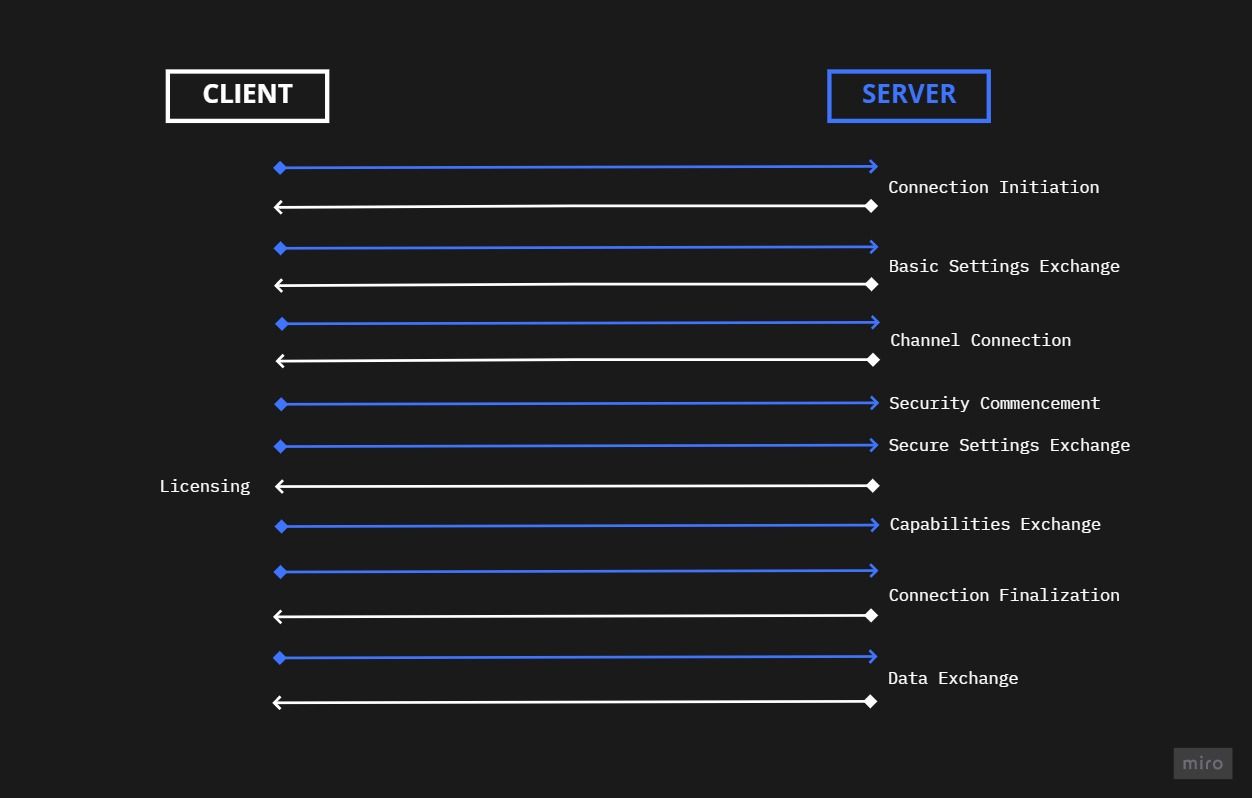What is Windows RDP?
What is Windows RDP and how does it work? We explore it in this blog.

So far on this blog we have talked a lot about Windows RDP. How to connect to them, why you should use them, changing your RDP port, and more. What we haven't done, however, is sit down and talk about the basics. In this blog we'll talk a bit about what Windows RDP is and how it works in the context of servers.
What is Windows RDP?
The RDP in Windows RDP stands for "Remote Desktop Protocol". This proprietary set of rules determines how to transmit, format, and receive data in a way that allows two Windows computers to securely connect to one another via a graphical user interface.
For the user, this means the ability to use a remote PC as if it were their home desktop, the desktop streamed to their local PC while their mouse and keyboard activity is transmitted, encrypted, to the remote server.
Usually, RDP is used for one of three things:
- Remote desktop access (accessing a home/office PC from another location)
- Troubleshooting - corporate or otherwise
- Administration of a remote server (for web hosting, game hosting, etc.)
It's the third function that we focus on primarily here at RDP.net.
How does RDP work?
RDP works by establishing a secure network channel between the client and the server. The server sends elements such as the desktop display and audio to the RDP channel and transmits it to the client, and the client sends mouse and keyboard movements. to the server via TCP/IP. As you would imagine, most of the information flows from server to client, with communication encrypted with RC4 block cipher.
The connection sequence to an RDP server looks something like this:

We'll save the detailed explanation of each step for the official documentation.
Where can I buy a Windows RDP server?
For high-performance, private, and secure Windows RDP servers, sign up here at RDP.net.